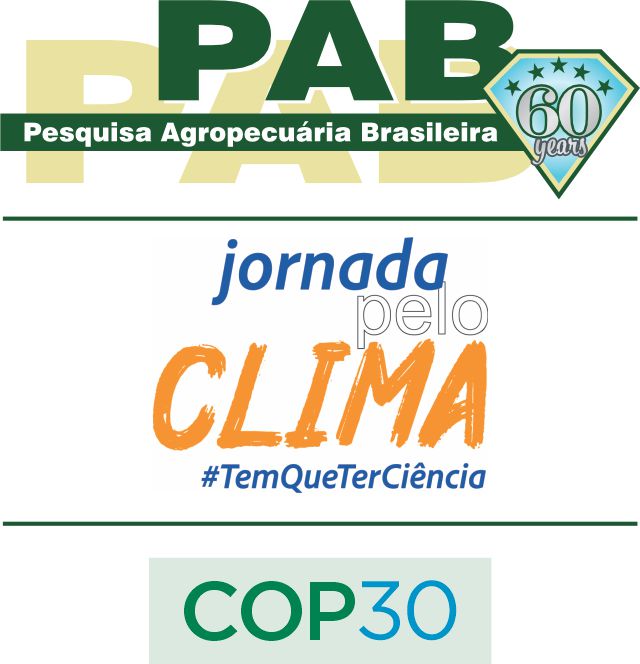Productivity and postharvest quality of 'Crimson Sweet' watermelon using Lithothamnium
Keywords:
Citrullus lanatus, algae, fertigationAbstract
The objective of this work was to evaluate the production and postharvest quality of watermelon fruit using Lithothamnium with different formulations, rates, and application intervals and methods. The experiment was conducted in a Brazilian commercial watermelon farm, in a randomized complete block design, with ten treatments, one control, and four replicates. Marketable fruits were harvested 90 days after sowing and counted. The fruits were measured for fresh mass, productivity, length, diameter, pulp thickness and firmness, and peel thickness. Moreover, pulp characteristics, such as firmness, pH, total sugar content, soluble solids content, and titratable acidity, were evaluated. Most variables did not differ significantly, but variations were observed in peel thickness, pulp firmness, pH, total sugars, soluble solids, and titratable acidity. Notably, the use of Lithothamnium nanoparticles via fertigation positively affected watermelon yield (36.20 Mg ha-1). Additionally, all Lithothamnium treatments resulted in thicker peels (1.74 to 2.10 cm), firmer pulps (10.78 N), and higher SS/TA ratios (46.00 to 73.25%) compared with the control treatment. Therefore, Lithothamnium emerges as a viable alternative to synthetic calcium and magnesium inputs, enhancing fruit postharvest quality.


